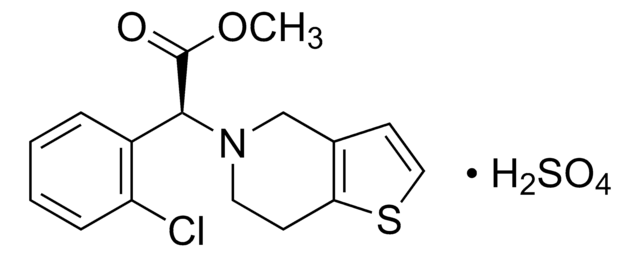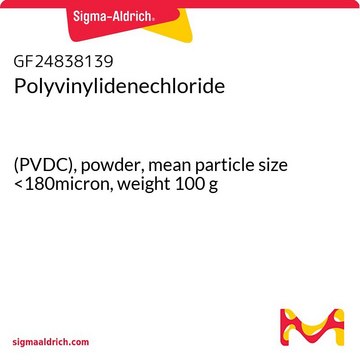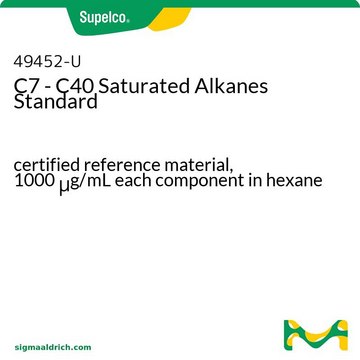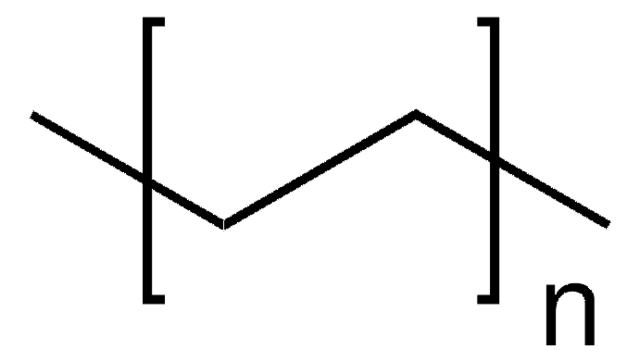P2600000
Poly(vinyl chloride)
European Pharmacopoeia (EP) Reference Standard
Sinónimos:
PVC
About This Item
Productos recomendados
grado
pharmaceutical primary standard
fabricante / nombre comercial
EDQM
densidad
1.4 g/mL at 25 °C (lit.)
aplicaciones
pharmaceutical (small molecule)
Formato
neat
cadena SMILES
ClC=C
InChI
1S/C2H3Cl/c1-2-3/h2H,1H2
Clave InChI
BZHJMEDXRYGGRV-UHFFFAOYSA-N
¿Está buscando productos similares? Visita Guía de comparación de productos
Descripción general
Aplicación
Envase
Otras notas
Código de clase de almacenamiento
11 - Combustible Solids
Clase de riesgo para el agua (WGK)
WGK 3
Punto de inflamabilidad (°F)
Not applicable
Punto de inflamabilidad (°C)
Not applicable
Elija entre una de las versiones más recientes:
Certificados de análisis (COA)
It looks like we've run into a problem, but you can still download Certificates of Analysis from our Documentos section.
Si necesita más asistencia, póngase en contacto con Atención al cliente
¿Ya tiene este producto?
Encuentre la documentación para los productos que ha comprado recientemente en la Biblioteca de documentos.
Los clientes también vieron
Nuestro equipo de científicos tiene experiencia en todas las áreas de investigación: Ciencias de la vida, Ciencia de los materiales, Síntesis química, Cromatografía, Analítica y muchas otras.
Póngase en contacto con el Servicio técnico







